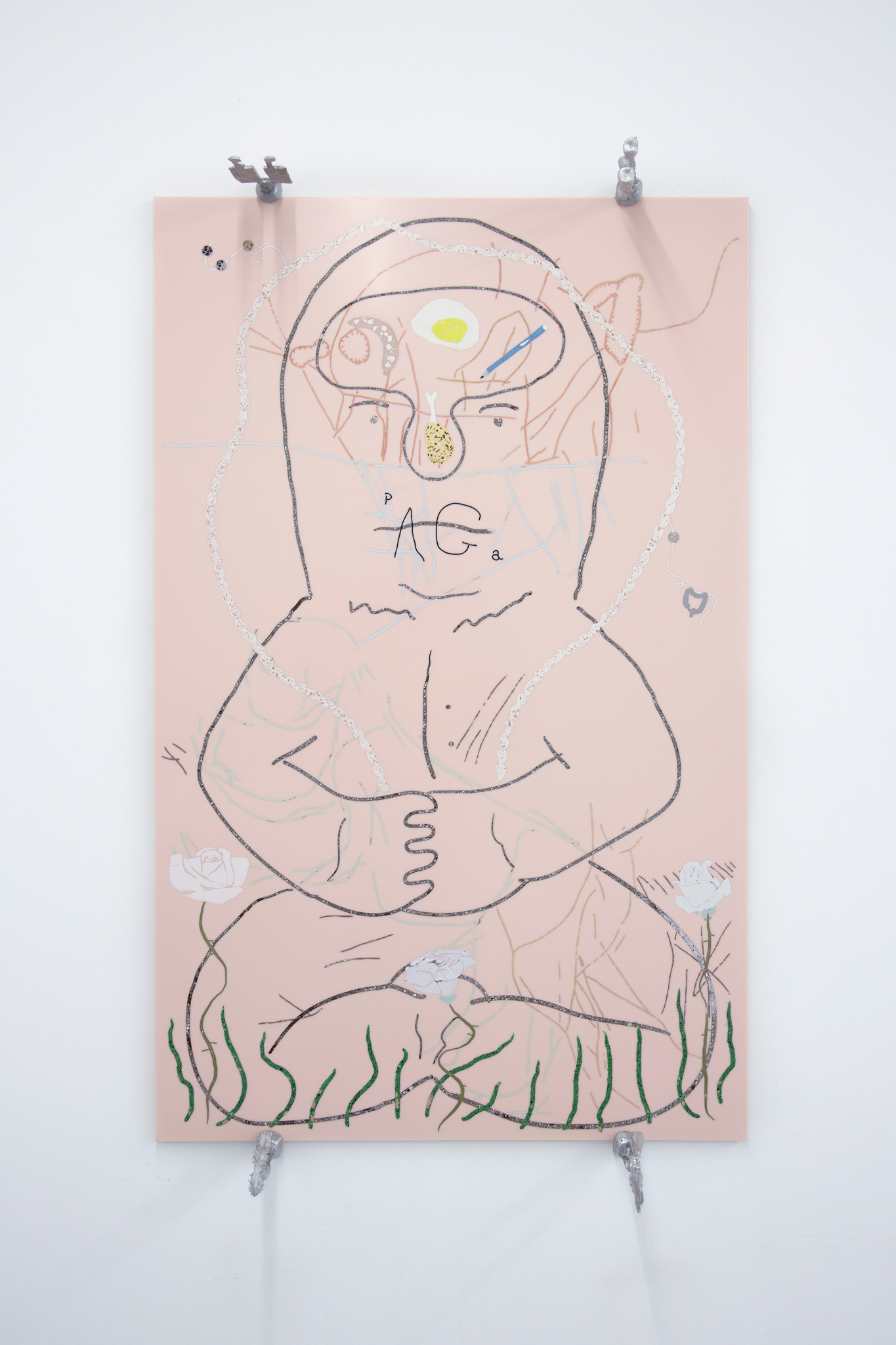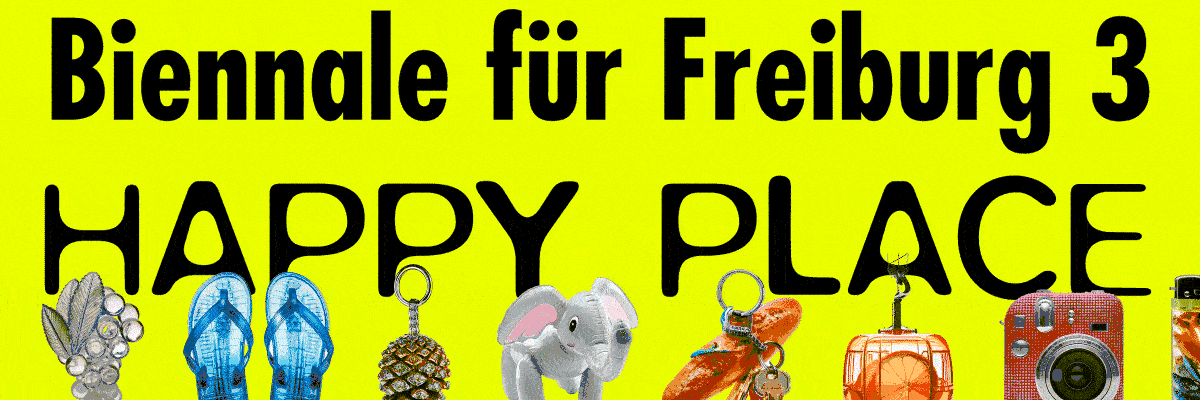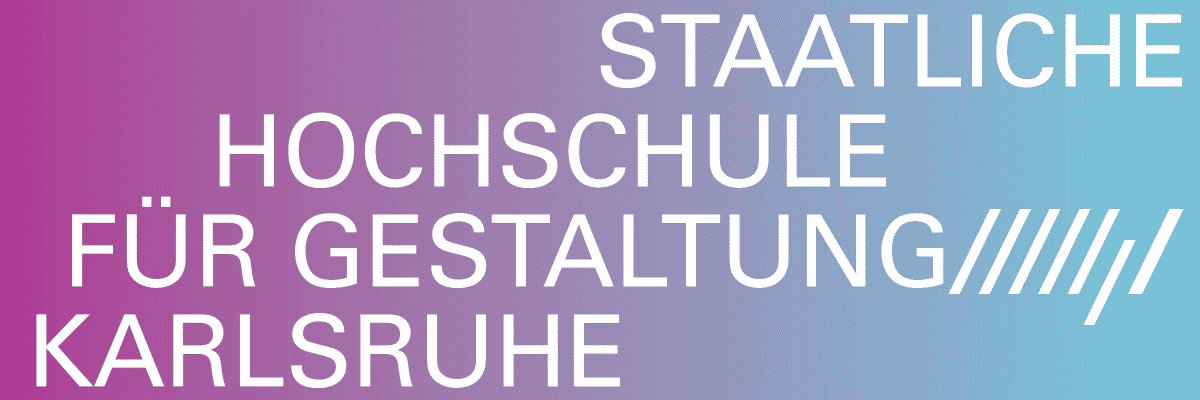
Groupshow
Oxeye Daisy Chain
Project Info
- 💙 Martin van Zomeren
- 💚 Martin van Zomeren
- 🖤 Groupshow
- 💜 Ceel Mogami de Haas & Éric Giraudet de Boudemange
- 💛 Jean-Baptiste Maitre
Share on

exhibition view
Advertisement

exhibition view

exhibition view

exhibition view

exhibition view

éric giraudet de boudemange

éric giraudet de boudemange

ceel mogami de haas

ceel mogami de haas

éric giraudet de boudemange

éric giraudet de boudemange

ceel mogami de haas

ceel mogami de haas

éric giraudet de boudemange

éric giraudet de boudemange

ceel mogami de haas

ceel mogami de haas

ceel mogami de haas

ceel mogami de haas

éric giraudet de boudemange
Martin van Zomeren proudly presents Oxeye Daisy Chain (15 Apr – 13 May 2023), a duo show by Eric Giraudet de Boudemange and Ceel Mogami de Haas. The exhibition presents various works by the two artists that are playfully distributed within the gallery space and seem to relate flawlessly. The title of the exhibition is inspired by that connection and refers to the garland of flowers as much as to networks and circuitries. The overall installation of sculptures by Eric Giraudet de Boudemange and inlays by Ceel Mogami de Haas resembles an eerie garden, a place that informed their conceptual approach to the exhibition making.
Extract from an email conversation between the two artists:
(...)
Ceel:
We asked ourselves: how do we make up an exhibition without isolating the works from each other? How do we create a network? I think that the garden becomes a perfect tool to understand and practise these dynamics.
Éric:
The garden implies balance. It is a matter of equilibrium with the past, the present, and the future. We evoked our common family backgrounds, rooted in agriculture, and I was wondering if gardening wouldn’t be a way to come back to our origins. Is it a way to isolate nature to control it and reflect on it, in a more domestic size? A tool to make peace with it? My family has grown crops for centuries in a very intensive way, and I feel an ambivalent relationship to maize, wheat and soy plant, as cereals and beans to care for, but also to grow in grotesque sizes and quantities.
Ceel:
There is definitely an autobiographical aspect in my work, and I guess in everybody’s works as a matter of fact! My parents are cattle farmers, and the proximity to animals and nature definitely shaped and still shapes my way of thinking about and making art. Although the farm itself can be seen as a garden, there is that smaller parcel onto which my parents grow vegetables and fruits for their personal consumption and occasional gifts. It is beautiful, chaotic, glowing, fulfilling, open and when I think about it, I am joyful. Maybe there lies the magic you are referring to.
Éric:
That’s where our sensitivities diverge slightly. I have a more anguished relationship with the garden, as a place for possible trauma, tumour growth and death.
Ceel:
Gardens are ambiguous indeed. That’s maybe because the garden as a place occupies various spatial categories. The physical space, obviously, but also the dematerialized space of memories and hallucinations. And then there is the representational space of gardens in art and literature. And somewhere in between all these spaces is our show.
(...)
Ceel Mogami de Haas & Éric Giraudet de Boudemange




